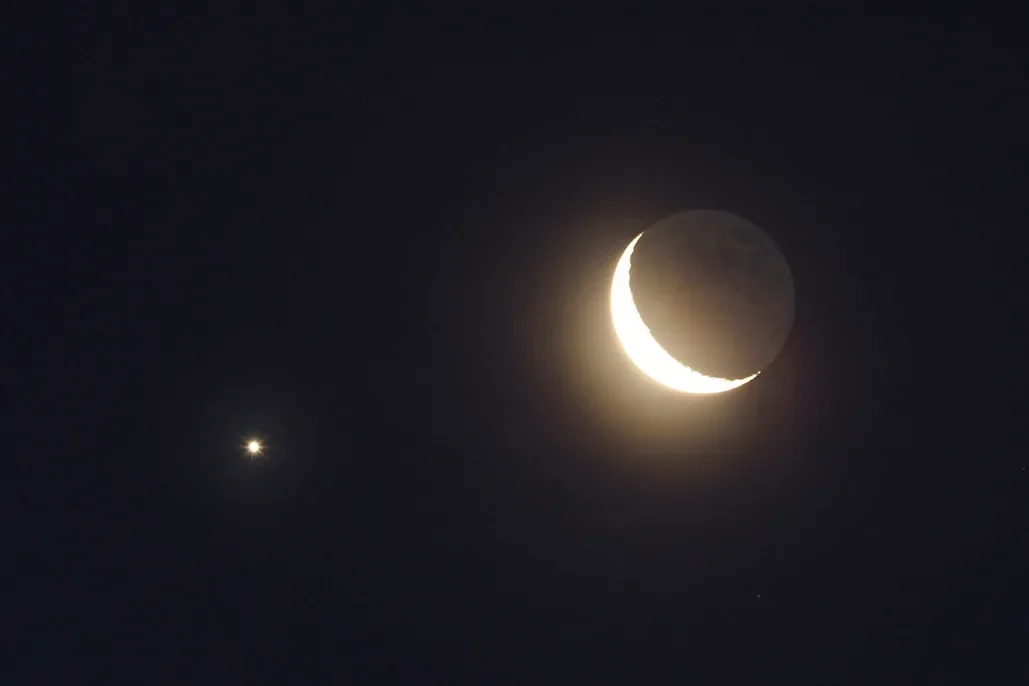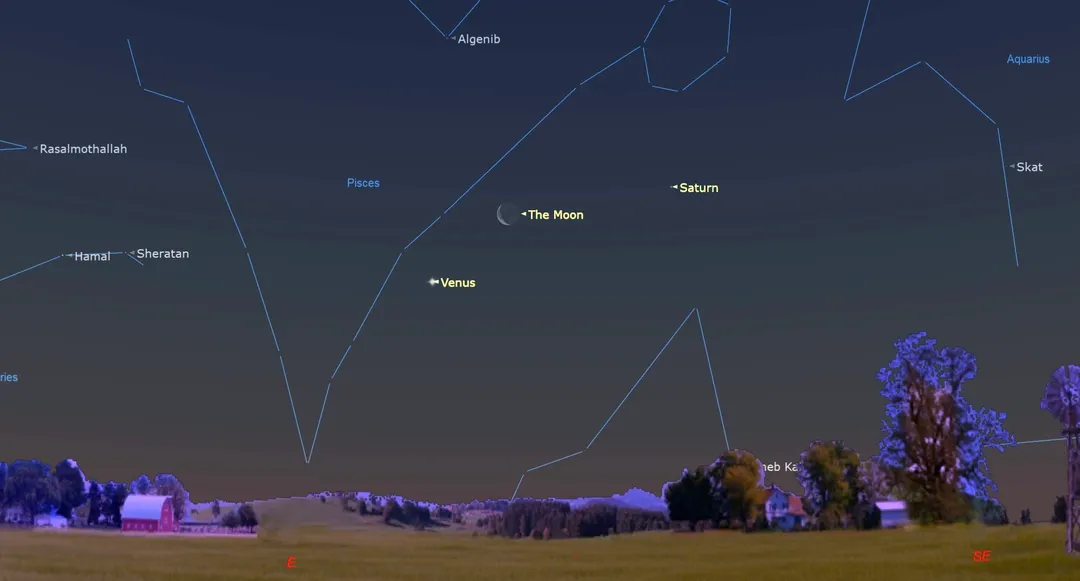
Don’t Miss the Mini Planet Parade: Venus, Saturn, and the Moon Align in the Morning Sky!
Get ready for a celestial treat! A mini planet parade featuring Venus, Saturn, and the crescent Moon will grace the morning sky in late May 2025. This alignment, visible to the naked eye, offers a stunning spectacle for early risers. But what makes this particular alignment so special, and how can you best view it?
Several sources confirm this exciting event. According to BBC Sky at Night Magazine, the key dates are May 23rd and 24th, 2025, when the Moon will be positioned near Venus and Saturn, creating a visible three-body alignment. Space.com adds that the pairing will be especailly lovely on Friday morning, the start of Memorial Day Weekend in the USA when the Moon shines between Venus and Saturn.

Here's what you need to know to catch the show:
- When: Look to the east before sunrise, particularly around May 23rd and 24th, 2025. The alignment will be visible in the early hours before dawn.
- Where: Find a location with a clear view of the eastern horizon, unobstructed by buildings or trees.
- What to look for: Venus will be the brightest, shining like a "silvery-white celestial lantern." The crescent Moon will be nearby (appearing 16% illuminated on May 23rd), and Saturn will be a dimmer, yellowish-white point of light to the upper right of the moon.
While Venus will be easily visible, Saturn might be more challenging, especially as the dawn approaches. According to Space.com, Saturn shines at magnitude +1.2, is almost the dimmest Saturn ever gets, because its nearly edge-on rings will contribute almost no light. However, you should still get see Saturn's yellow-white glow against in the eastern sky. BBC Sky at Night Magazine warns against using binoculars to observe the three planets unless you take extreme care not to accidentally look Sunwards, as this could damage your eyesight.
This mini planet parade is a fantastic opportunity to witness the beauty and wonder of the cosmos. The alignment happens because the planets and moons in our solar system orbit the Sun in roughly the same plane, known as the ecliptic.

Don't miss out on this spectacular celestial event. Set your alarm, find a dark spot, and enjoy the view! Will you be waking up early to witness this planetary alignment? Share your thoughts and observations in the comments below!